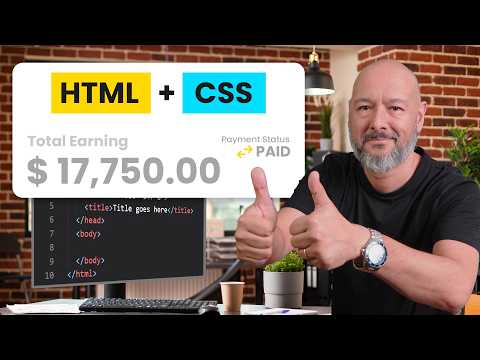
The Power of CSS in Web Design
CSS, or Cascading Style Sheets, is a fundamental component of modern web design. It allows web developers to control the layout, appearance, and behavior of a website with ease and precision. By separating the content from its presentation, CSS simplifies the process of designing and maintaining a website.
One of the key benefits of using CSS in web design is its ability to create consistent styles across multiple pages. By defining styles in an external CSS file, developers can apply the same formatting rules to all pages on a website, ensuring a cohesive and professional look.
Another advantage of CSS is its flexibility and efficiency. With CSS, developers can easily make changes to the design of a website by modifying just a few lines of code. This makes it simple to update the look and feel of a site without having to edit each individual page.
CSS also plays a crucial role in responsive web design, allowing websites to adapt to different screen sizes and devices. By using media queries and flexible layouts, developers can create websites that look great on desktops, laptops, tablets, and smartphones alike.
In addition to styling text and layout elements, CSS can also be used to create animations and interactive effects on a website. By combining CSS with HTML and JavaScript, developers can bring websites to life with dynamic content and engaging user experiences.
Overall, CSS is an essential tool for modern web design. Its flexibility, efficiency, and power make it indispensable for creating attractive, functional websites that meet the needs of today’s users.
Top 5 Frequently Asked Questions About CSS Web Design
- Is CSS the same as HTML?
- Is it difficult to learn CSS?
- Is CSS a coding?
- What is CSS website layout?
- What’s the difference between HTML and CSS?
Is CSS the same as HTML?
A common question in web design is whether CSS is the same as HTML. While both CSS (Cascading Style Sheets) and HTML (Hypertext Markup Language) are essential components of web development, they serve different purposes. HTML is used to structure the content of a web page, defining elements such as headings, paragraphs, images, and links. On the other hand, CSS is used to style and format these HTML elements, controlling aspects like layout, color, font size, and spacing. In essence, HTML provides the foundation for a webpage’s structure, while CSS enhances its visual presentation. Understanding the distinction between CSS and HTML is key to creating well-designed and visually appealing websites.
Is it difficult to learn CSS?
Learning CSS can be a challenging but rewarding experience for aspiring web designers. While CSS may seem daunting at first, with its syntax and various properties, it becomes more manageable with practice and dedication. Many beginners find that starting with the basics and gradually building their skills through tutorials, online resources, and hands-on projects is an effective way to learn CSS. With patience and persistence, mastering CSS allows designers to create visually appealing and responsive websites that showcase their creativity and technical expertise.
Is CSS a coding?
The question of whether CSS is considered coding is a common one in the realm of web design. While CSS, which stands for Cascading Style Sheets, is not a traditional programming language like JavaScript or Python, it is still considered a form of coding. CSS involves writing instructions that dictate how elements on a webpage should be styled and displayed. It may not involve complex logic or algorithms like other programming languages, but it requires a structured approach and understanding of syntax to achieve the desired design outcomes. In essence, CSS can be seen as a coding language that focuses on the visual presentation of web content rather than the functionality or behavior of a website.
What is CSS website layout?
A CSS website layout refers to the structure and arrangement of elements on a webpage that is defined using Cascading Style Sheets (CSS). In CSS web design, the layout includes how content is positioned, sized, and styled on a webpage to create a visually appealing and user-friendly experience. By using CSS for website layout, designers can control the placement of text, images, navigation menus, and other elements on the page with precision. This allows for flexibility in creating responsive designs that adapt to different screen sizes and devices. Overall, CSS website layout plays a crucial role in defining the visual presentation of a website and enhancing its usability.
What’s the difference between HTML and CSS?
HTML and CSS are two essential components of web design, each serving a distinct purpose. HTML, which stands for Hypertext Markup Language, is the foundation of a web page and is used to structure its content. It defines the elements on a page, such as headings, paragraphs, images, and links. On the other hand, CSS, or Cascading Style Sheets, is responsible for styling the elements defined in HTML. It controls the layout, appearance, and design of a website by specifying attributes like colors, fonts, spacing, and more. In essence, HTML creates the structure of a web page while CSS enhances its visual presentation and user experience. Understanding the difference between HTML and CSS is crucial for creating well-designed and visually appealing websites that effectively communicate with users.
